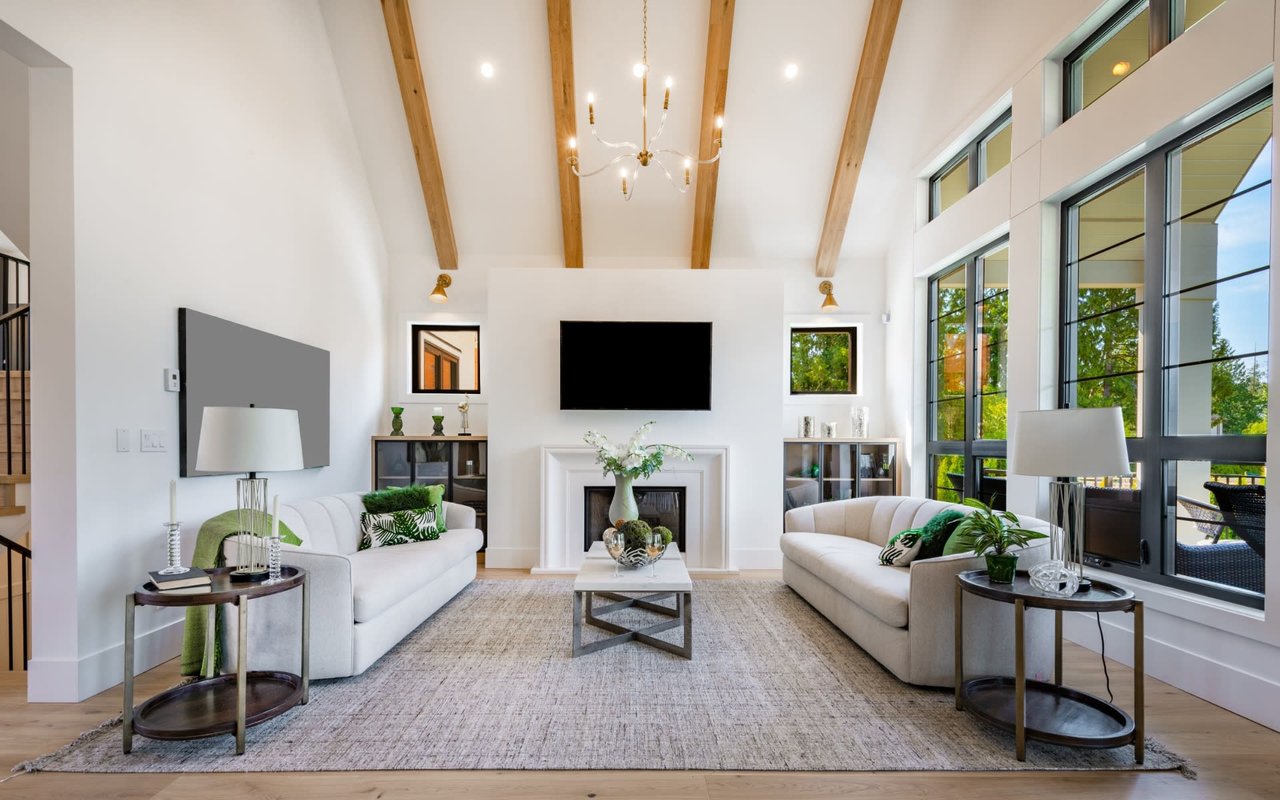In a previous blog post, we explored some of the most common commercial real estate (CRE) terms or jargon that we often see bandied about. Our goal with that post, and now with this second blog in the series, is to demystify the language used – for new CRE professionals, as well as their clients – so we all come to the deal table with shared understanding and the crucial ability to communicate.
Here with three new CRE terms, defined:
Mixed-use Developments
There’s a growing demand for bringing the many facets of our lives into closer proximity, so we aren’t saddled with long commutes, disconnected from our homes, and making use of transport links in order to shop or play. One answer to this is mixed-use developments, which are sometimes abbreviated as MXD.
The exact makeup of an MXD is not limited, but it’s shorthand for multipurpose buildings and projects – those with at least three different uses, according to NAIOP, the Commercial Real Estate Development Association. Perhaps it’s an apartment complex, with a ground-floor retail tenant, two floors of office space, and a trendy night spot on the roof. Or it might be a cluster of residential homes adjacent to a hotel building with conferencing and workspaces, and a public gym.
Whatever the mix, this is a strategy for development that centers on clustering different types of building uses together so that they make for easy access to each other, and promote the blurring of the divides between work, play, and living spaces.
Industrial CRE
Industrial property is one of the core categories of real estates, like residential, office, or retail. Calling something an industrial property can actually indicate a broad set of use cases including heavy machinery (your typical factory or large manufacturer), light assembly, and warehousing. You’ll find a nice breakdown of what these subcategories might be here.Choosing an industrial property is just the first step though. At NAI Global we also offer advice and solutions around logistics, leasing, acquisition, and disposition of industrial real estate – the kind of considerations needed to extract real value from industrial property.
Land
Land is land, right? What’s so confusing about that? Yes, this is straightforward on one level, but there are also multiple categories of land and purposes that land can fulfill.So when you’re discussing the sale or parceling of land, it is crucial to know – for example – the zoning of that land, the regulations that apply, or whether a portion has been designated “greenbelt” or “brownfields”, both of which has implications for what you can develop on the land. Does your land come with specific or limited rights? The parcel of land might be large, but how much of it is allocated for building?
These are all applicable questions that we advise you to speak to a CRE professional about – even when you’re participating in a private or direct sale – to avoid potential delays and disappointments or falling foul of the regional regulations.
Social: Is there a CRE term that always trips you up? Or one that your clients seem to frequently misuse? Tell us, and we may feature it in a future post.


